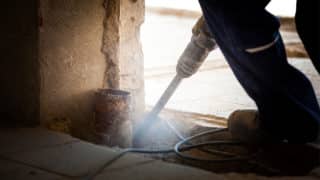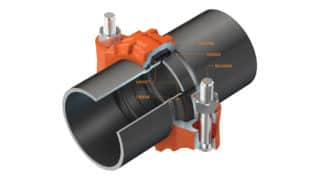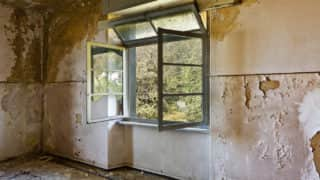Posted on April 16, 2019
Time spent on the jobsite is a critical cost and risk factor, leading contractors to prefabricate offsite as much as possible. Prefabrication offers major productivity gains and labor efficiencies – especially when there is limited lay down space on the job site, as is often the case in retrofits.
Tip Four: Maximize Jobsite Productivity
Within the piping industry, prefabrication is considered a mechanical retrofitting best practice. Prefabbing is up to four times more productive than field fabrication. Twice as much work can be completed per man-hour, due to the controlled environment of off-site prefabrication and availability of specific tooling. And twice the productive hours can be achieved due to better materials flow control and improved supervision.
Although it is a mechanical retrofitting best practice, prefabrication is not a perfect science. Line-up errors can still happen in the field; A small number of such errors can have significant impact on an installation schedule. To make the field management of such rework easier, using a mechanical pipe joining system, which provides a union at every joint, allows simple field correction of any alignment errors, minimizing schedule disruptions onsite. Another advantage of prefabricating a grooved mechanical pipe joining system is that the spools are normally kept straight, while welded spools are usually bent. By working with straight spools, onsite risk of damaging the building and its interior is considerably reduced and line-up problems less common.
Piping is an area where front-loading efficiencies and maximizing productivity can produce significant savings in man-hours and ultimately can help compress construction schedules. In fact, while piping system materials can account for as little as one percent of total installed costs on a project, their installation time can eat nearly 30 percent of the entire project schedule. When considering the significant schedule and cost advantages achieved by strategic prefabrication, one can begin to see why prefabrication is indeed coming of age.
View the complete Mechanical Retrofitting Best Practices series here:
- Effective project design and preparation are essential
- Select the correct mechanical pipe joining method
- Take unforeseen circumstances and historic preservation & sustainability into account
- Maximize jobsite productivity
- Implement modular mechanical room to improve system efficiency
- Mechanical noise and vibration control methods



